What to do outside on the Fourth of July: watching fireworks, running, hiking
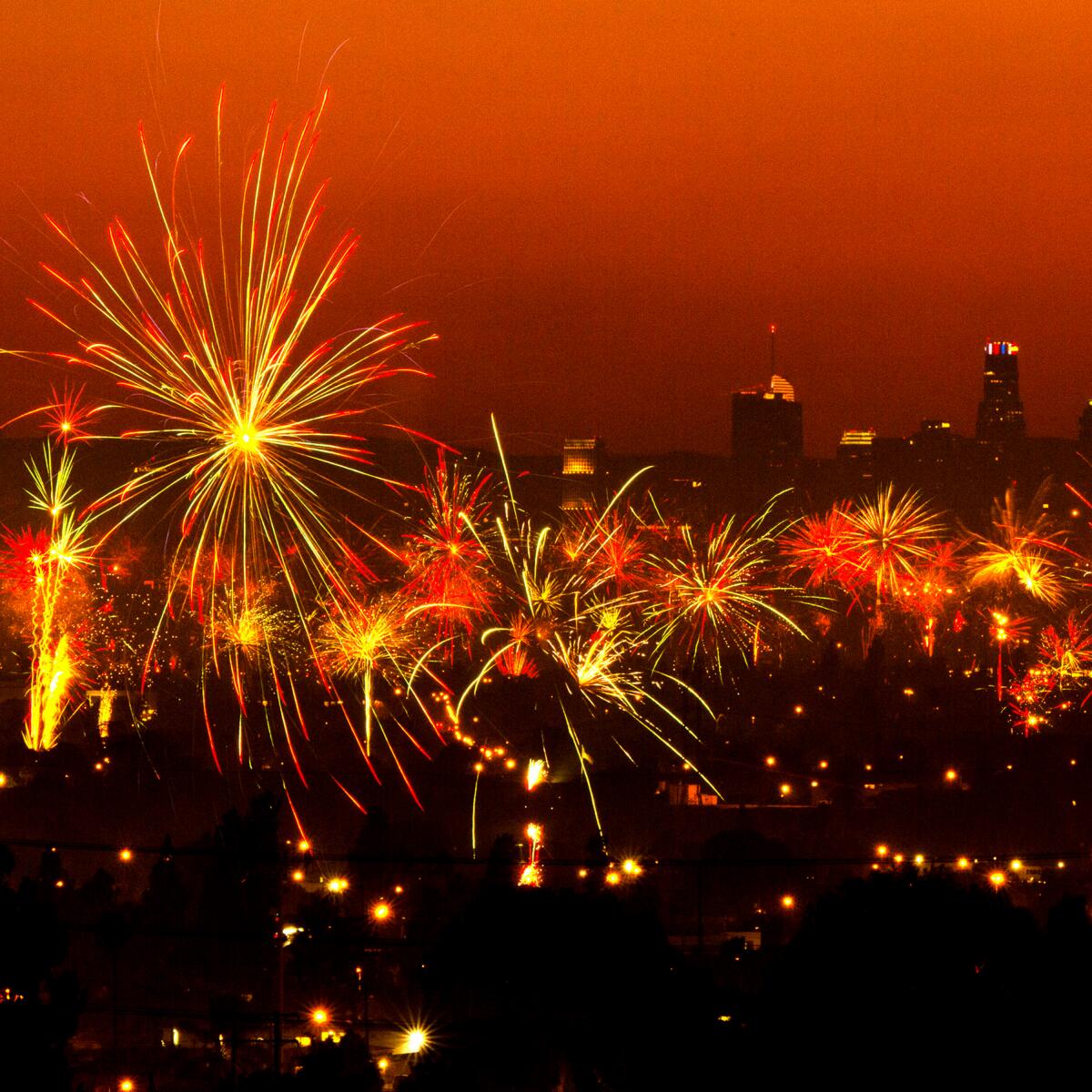
By Mary Forgione
Welcome to The Wild!
Ready for the big bang? The Fourth of July is the first major holiday since California reopened June 15. Most shows last year were canceled because of the COVID-19 pandemic. So here we go with fireworks shows not to miss in cool outdoor settings.
Long Beach: These fireworks are free and can be viewed along Shoreline Village and Rainbow Harbor from 9 to 10 p.m.
Hollywood Forever Cemetery: OK, a cemetery isn’t a typical Fourth of July site, but be open-minded. Hollywood Forever will show the 1987 film “Dirty Dancing” and then shoot off fireworks afterward. Gates open at 7:15 p.m.; $42 per person.
Lake Arrowhead: Lake Arrowhead, which sits at almost 5,200 feet, is a good place to go for fireworks and a cool-down. The show over the lake begins at 9 p.m. Scope out a spot to watch in advance.
Santa Catalina: You can watch fireworks in two locations on two different days. Fireworks begin at dark (about 9 p.m.) July 3 at Two Harbors on the west end of the island. In Avalon on the east side, Fourth of July festivities are an all-day event. Music and a golf-cart parade precede the fireworks over the pier at 9 p.m. on July 4.
Check out this L.A. Times story for more fireworks shows around Southern California.
4 things to do this week
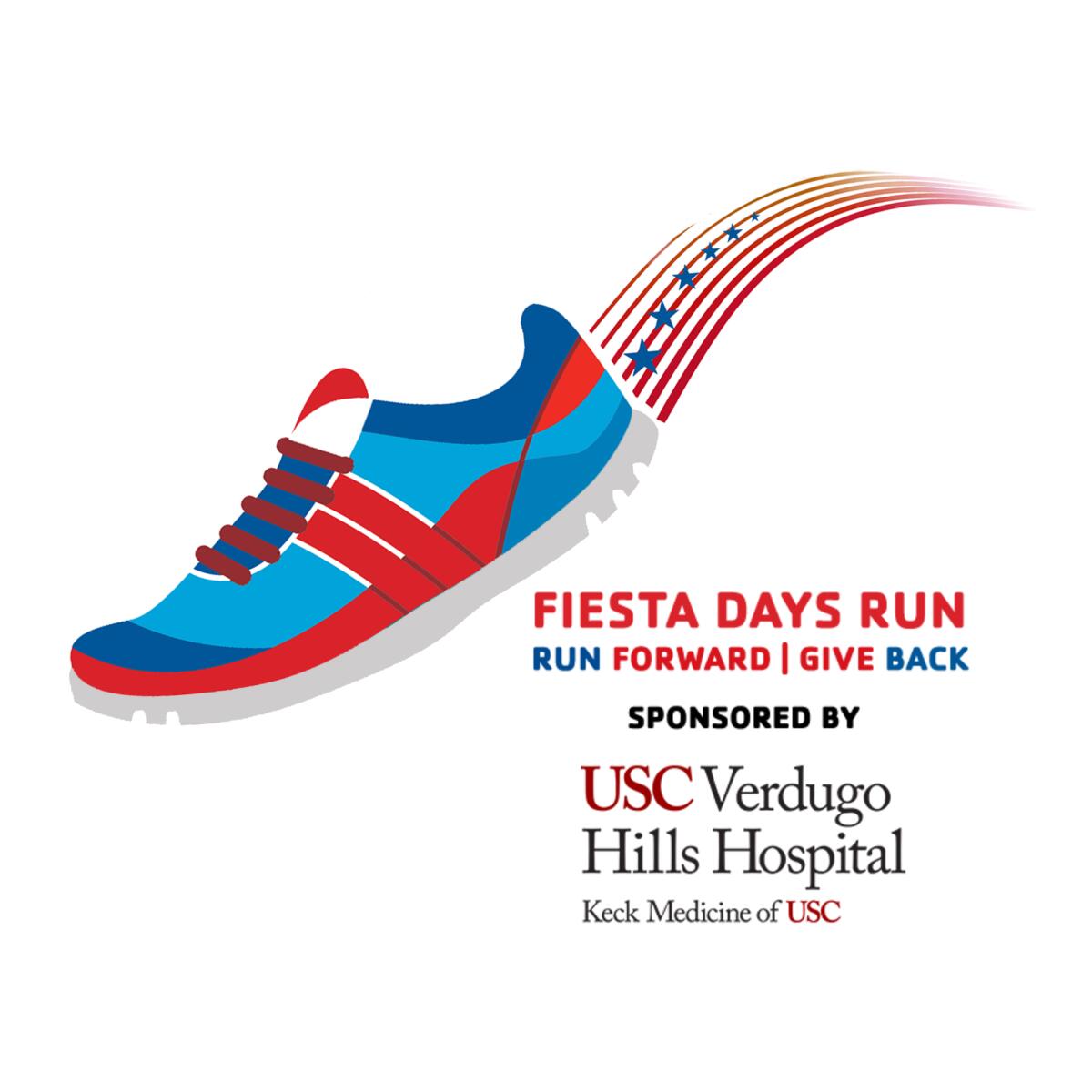
1. Jump into the Fourth with in-person races. In-person runs are back! Red, White & Blue 5K & Fun Run in Anaheim features staggered start times between 6:45 and 8 a.m. on July 4 so you can run when you like (you’ll get an accurate chip time). The 5K is the longest route ($40); there’s also a 1-mile Fun Run ($35). It’s an open-course race on streets; strawberry shortcake and medals for finishers. More info here.
Fiesta Days runs organized by YMCA of the Foothills start at 7 a.m. on July 5. You can choose a 5K run, 5K walk, 10K run, a 1-mile family run and a fastest mile race. Entry costs are $30 to $50; start at 1418 Descanso Drive in La Cañada Flintridge. Stick around for a 10:30 a.m. parade on Foothill Boulevard and Music in the Park at 3:30 p.m. in Memorial Park. More info here.
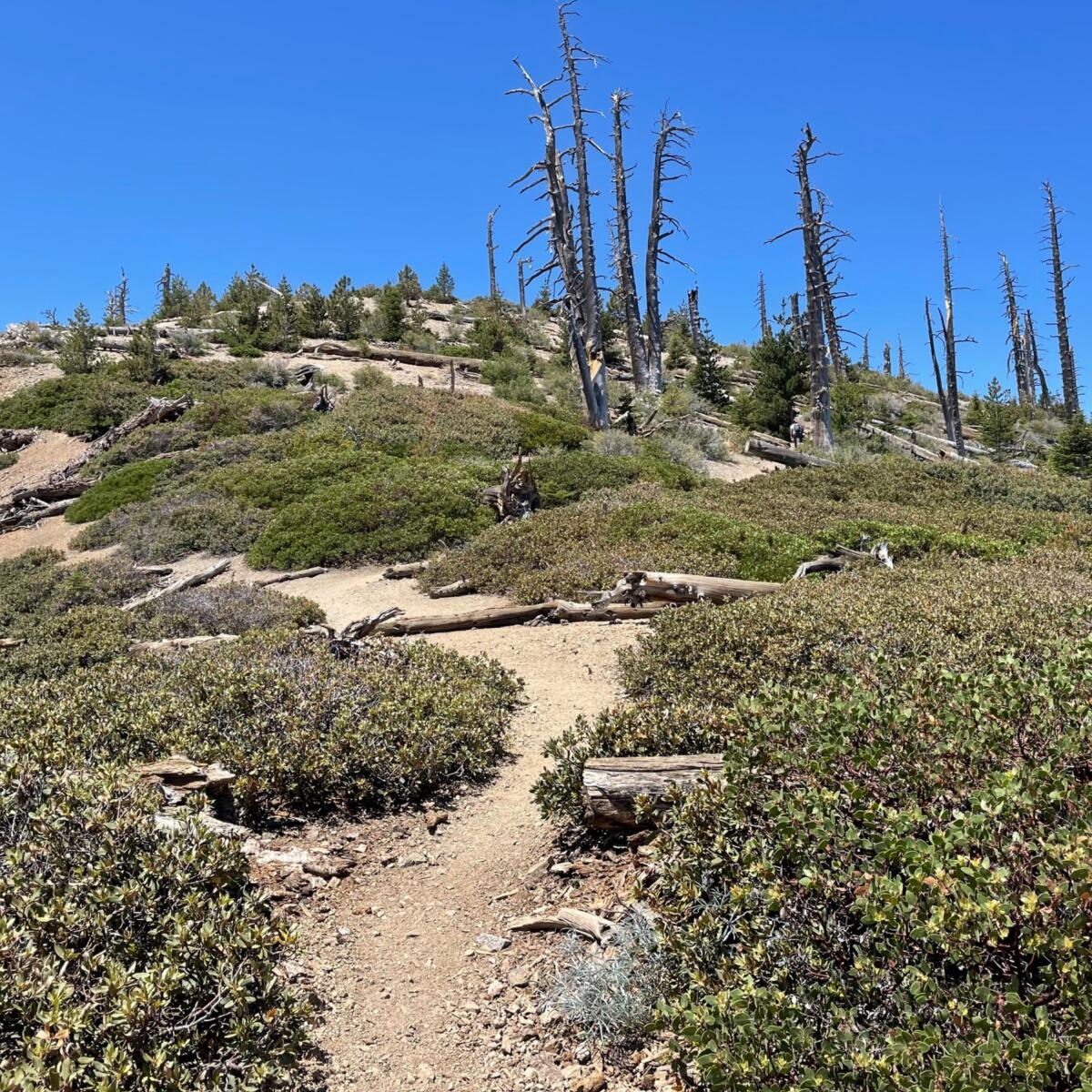
2. Hike to a peak in Icehouse Canyon near Mt. Baldy Village. Maybe you want to skip fireworks and backyard barbecues and instead find a chill peak with great views. Ontario Peak is a sweet high spot in the Cucamonga Wilderness that’s a bit off-the-beaten path. Expect the trailhead to be crowded; the parking lot is often full by 7 a.m. on weekends, so get there early. The crowds thin once you hike the 3.8 miles to the saddle and take the turnoff to Ontario. Another plus: It can be cool at 8,694-foot peak. It’s a strenuous route, climbing about 3,884 feet in 12 miles, so plan on spending the day. Need more places to go? Check out this list of 50 best L.A. hikes.
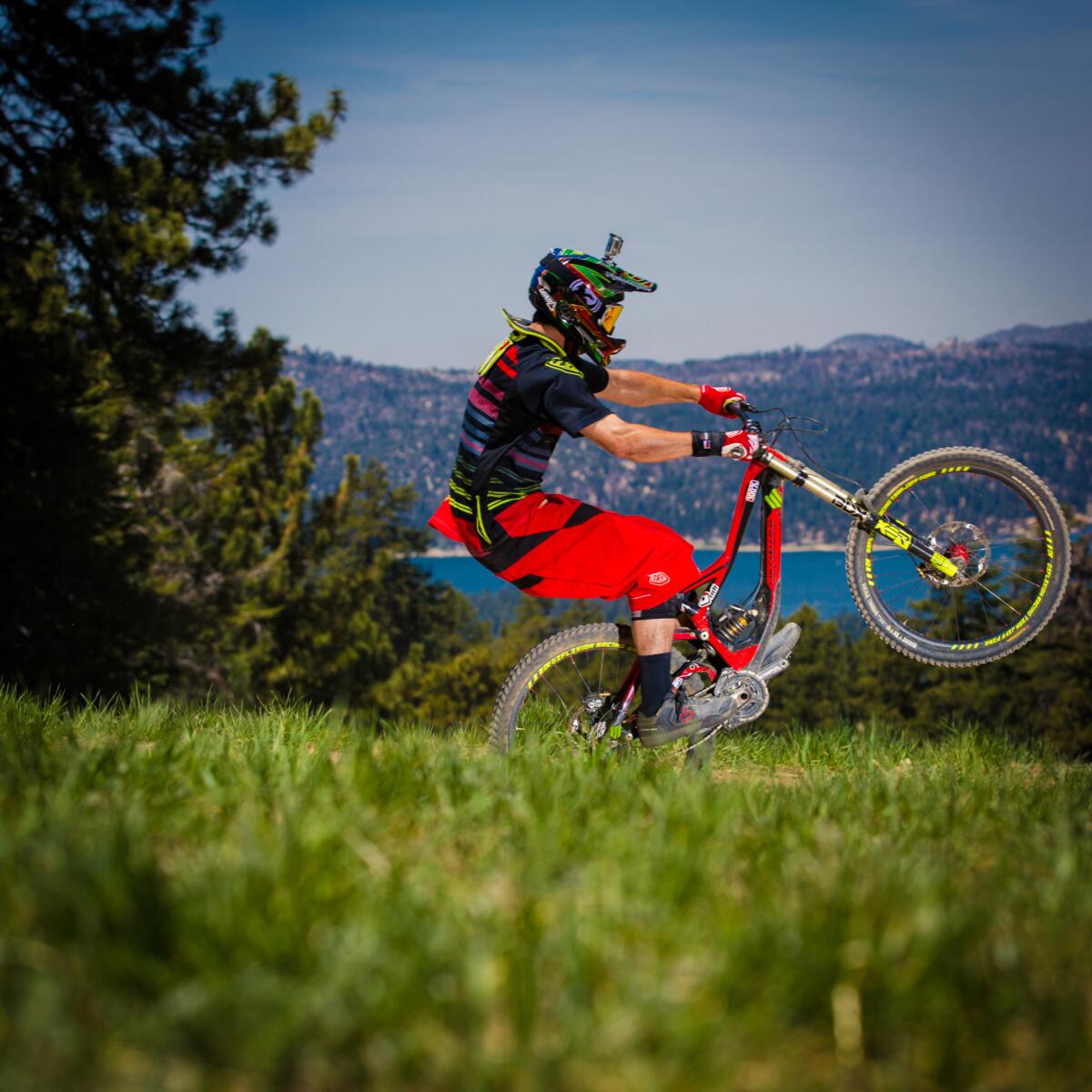
3. Take an e-mountain bike ride at Big Bear Mountain Resort. Yep, Summit Bike Park now allows what are known as Class One (pedal-assist) e-mountain bikes on some forest trails. Rentals are limited, so book in advance at the Big Bear Mountain Resort Visitors Center Station at 40824 Big Bear Blvd. The Big Bear ski resort’s summer mode also rents electric-powered push bikes for little ones in a newly opened kids zone. As always, you can bring your standard mountain bike and ride the trails too. Check out the full list of what ski resorts in the West are offering this summer.
4. Looking for a quiet Fourth of July? Here are 10 ideas. Want to have a more serene holiday? You can visit quiet beaches at Channel Islands National Park or float in an isolation tank in Venice. Either way, you’ll be sheltered from the hoopla. Here’s our list of places to tune out for the Fourth.
The must-read
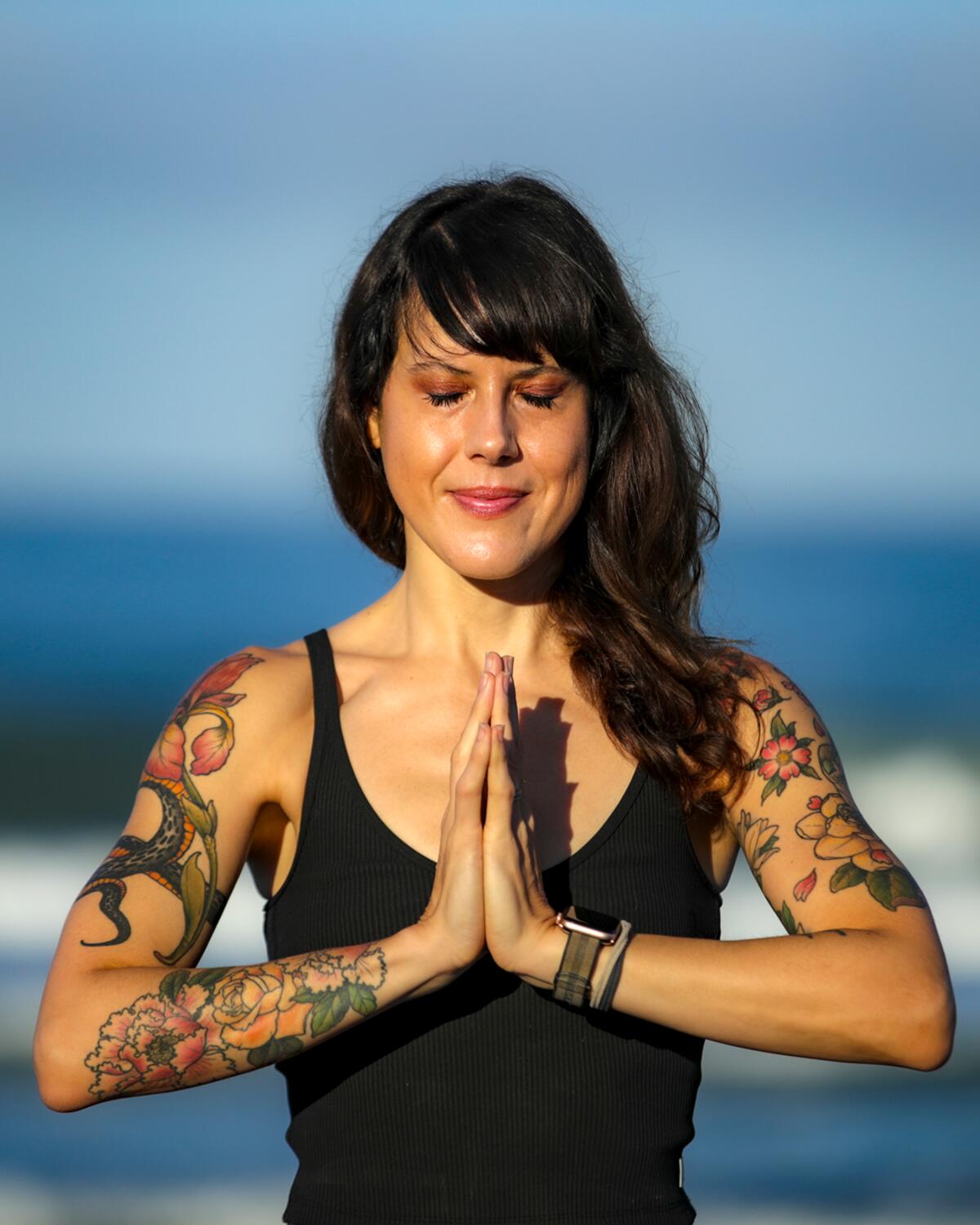
Heard of the wellness-QAnon connection? It could be an eye-opener for Southern Californians who don’t know about the links between the fringe movement and their spiritual gurus. This Los Angeles Times story reports:
“More commonly associated with right-wing groups, the conspiracy theory [QAnon] is spreading through yoga, meditation and other wellness circles. Friends and colleagues have watched with alarm as Instagram influencers and their New Age peers — yogis, energy healers, sound bathers, crystal practitioners, psychics, quantum magicians — embraced QAnon’s conspiratorial worldview and sprayed it across social media.
“The health, wellness and spirituality world has always been primed for that worldview, followers say. Though largely filled with well-meaning people seeking spiritual or physical comfort, the $1.5-trillion industry can also be a hotbed for conspiracies, magical thinking, dietary supplements with dubious scientific claims and distrust of institutional healthcare, including vaccines.” Read the full story here.
Know this
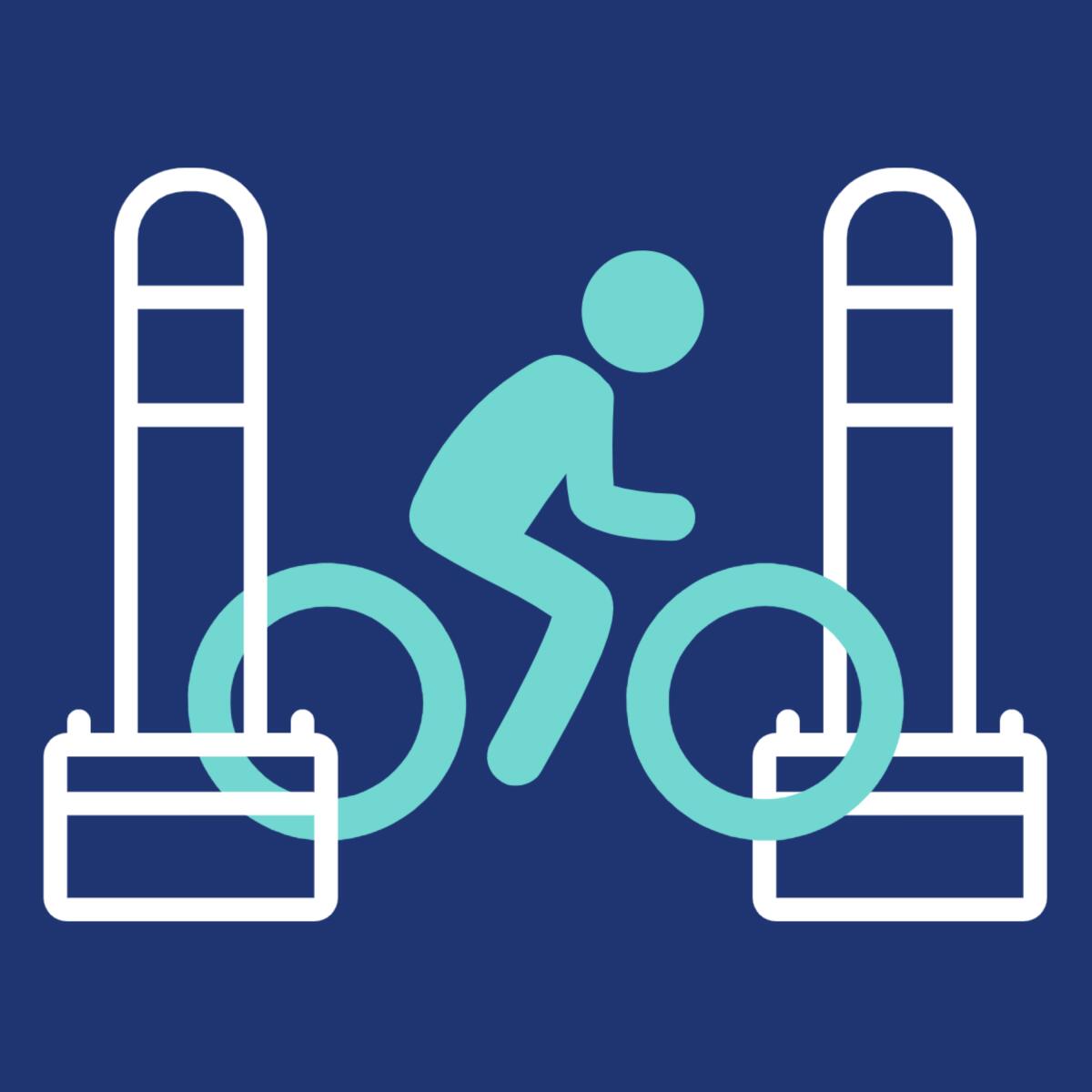
If you’ve never heard of Workman Mill Road or Avocado Heights, you’re not alone. Both are in an unincorporated section of L.A. County north of Whittier. It’s worth checking out a short stretch of the road that shows off some cool urban adaptations: protected bike lanes and rain gardens. StreetsBlog hails the plastic bollards that keep vehicles separated from cyclists and the planted sidewalk strips that allow rainfall to sink in rather than run into storm drains. Check out photos of both — and what could be coming to a street near you.
Social moment
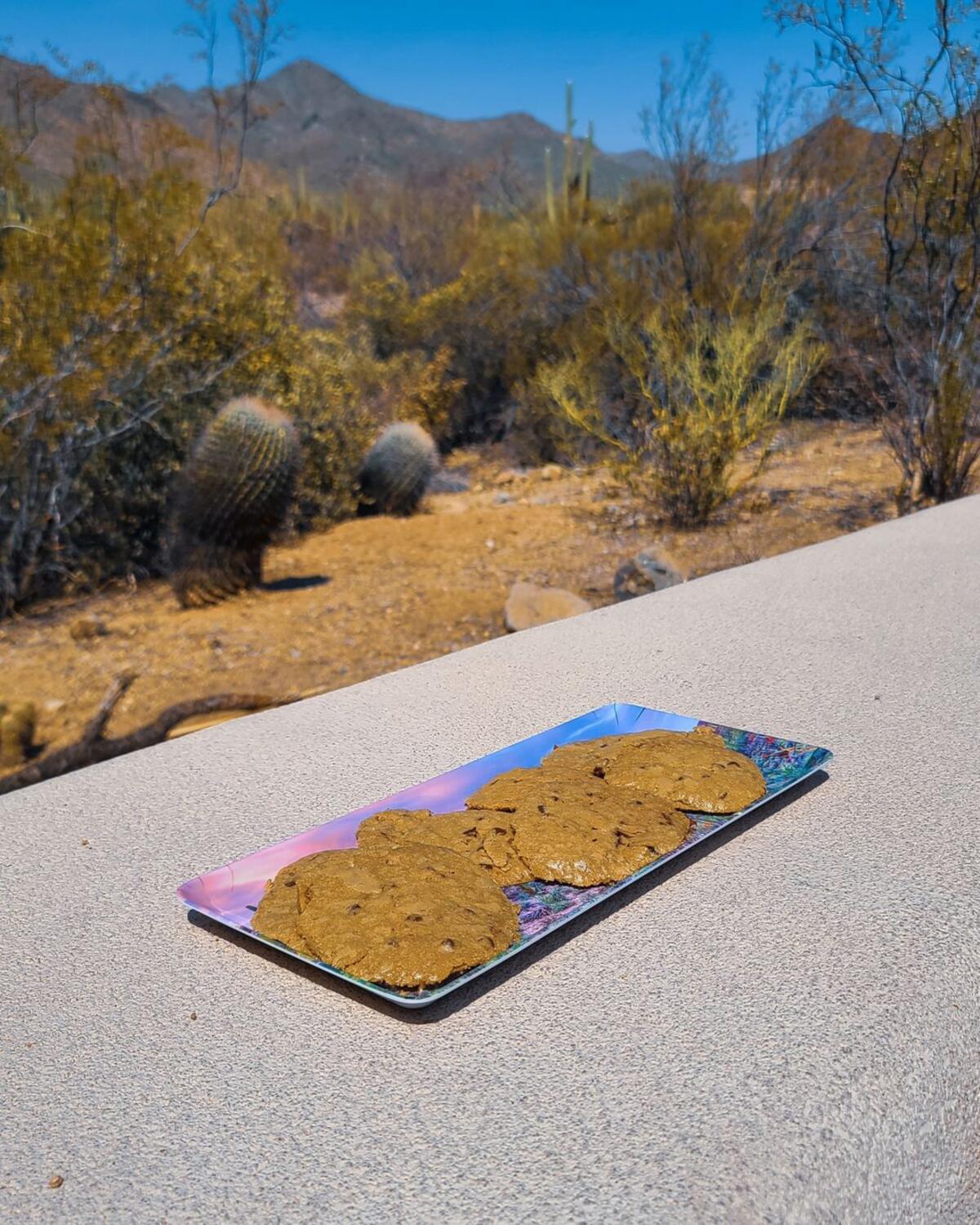
Mmm, cookies! Rangers at Saguaro National Park in Tucson posted on Insta a photo of cookies they made — inside a car. It gets that hot in the Southwest. The 100-degree outside temperature meant it was about 180-plus degrees inside the car (with a black dashboard and locked windows), the post said. The cookies served as a warning: “Do not leave any pets or children (or any living creature) in the car alone. It doesn’t take very long for heat stroke, brain damage, or worse to happen,” the post said. No report on how they tasted.
By the numbers

Massive cicada invasions on the East Coast have been stealing the insect limelight, especially after President Biden flicked one off his neck before boarding a plane for the G7 summit in Britain. The West has an equally pernicious insect: hungry migratory grasshoppers, or Melanoplus sanguinipes. These tan or gray insects have the power to chomp down prairies and denude trees, causing more crop damage in the U.S. than any other type of grasshopper. Now federal officials out to protect crops and grazed grasslands are mounting the largest grasshopper-killing campaign in 40 years, according to this Associated Press story. Here are some things to know:
- Number of grasshopper species in the West: 400
- Number of common species that cause damage in the West: 70
- Temperature when migratory grasshoppers swarm: 80.5 degrees F
- How far they can travel in a day: 30-plus miles
- Peak time in 2021: August
Source: Unversity of Wyoming, Laramie, website
P.S.

You know about the perfect surfing waves in Lemoore, Calif., 100 miles from the beach, right? It’s surf icon Kelly Slater’s incredible wave machine, a.k.a., the WSL Surf Ranch. Basically you ride 6-foot waves in a pool that stretches the length of nearly seven football fields. Here are photos of the scene at the Jeep Surf Ranch Pro, which drew surfers from around the world.
Why does the ranch matter? The Olympic Games in Tokyo this summer will feature surfing, as will the 2024 Paris Olympics (though the surfers may be in Tahiti) — and machine-made waves can provide a reliable venue. “Wave pools have the advantage of being entirely manageable; with the flick of a switch, competitions can begin and end on schedule,” my colleague David Wharton writes in this L.A. Times story. “By comparison, the four-day event in Tokyo could be spread over as many as eight days depending on swell conditions at Tsurigasaki beach.” Check out a video that shows how waves are made, and ridden, at the Surf Ranch.
Send us your thoughts
Share anything that’s on your mind. The Wild is written for you and delivered to your inbox for free. Drop us a line at [email protected].
Click to view the web version of this newsletter and share it with others, and sign up to have it sent weekly to your inbox. I’m Mary Forgione, and I write The Wild. I’ve been exploring trails and open spaces in Southern California for four decades.

Sign up for The Wild
We’ll help you find the best places to hike, bike and run, as well as the perfect silent spots for meditation and yoga.
You may occasionally receive promotional content from the Los Angeles Times.




